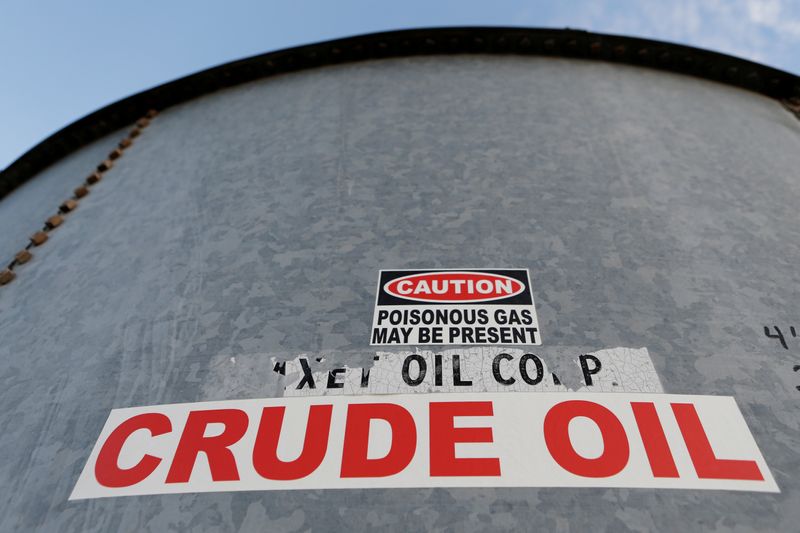Oil prices rose by over 1% on Thursday, ending a three-day decline. The upswing was in response to the U.S Federal Reserve's decision to keep benchmark interest rates steady, with both Brent crude futures and West Texas Intermediate crude futures seeing a 1.1% increase to $85.52 and $81.35 a barrel respectively. This rally coincided with gains in financial markets due to the Fed's unchanged interest rate of 5.25%-5.50%.
In the Middle East, Iran's Supreme Leader Ayatollah Ali Khamenei has called for Muslim states to halt oil and food exports to Israel in response to its bombardment of the Gaza Strip. This development is being watched closely as Iran, an OPEC member, produced about 2.5 million barrels of crude per day in 2022.
Meanwhile, slower restarts of U.S refineries after seasonal maintenance have led to higher crude stocks and a minor increase in U.S gasoline stocks, according to data from the U.S Energy Information Administration (EIA).
On the demand side, J.P.Morgan analysts estimated October's global oil demand at 102.1 million barrels per day (bpd), slightly below their initial projection. European inflation data from Eurostat's flash reading and potential actions from the European Central Bank are also being considered as influencing factors.
Geopolitical tensions continue to influence oil prices with ongoing strife between Israel and Hamas in the Gaza Strip and concerns over Europe's economic health affecting oil demand. In China, approval of a significant sovereign bond issuance could boost the economy and oil demand.
In Venezuela, the suspension of opposition presidential primary results by the Supreme Court has raised concerns regarding crude exports. The U.S. had eased sanctions in exchange for promises of fairer elections in 2024, but this development could affect that agreement.
Despite these uncertainties, Goldman Sachs (NYSE:GS) analysts maintain their first-quarter 2024 Brent crude price forecast at $95 a barrel, noting that any reduction in Iranian exports could cause baseline prices to increase by 5%.
This article was generated with the support of AI and reviewed by an editor. For more information see our T&C.
